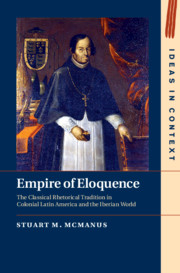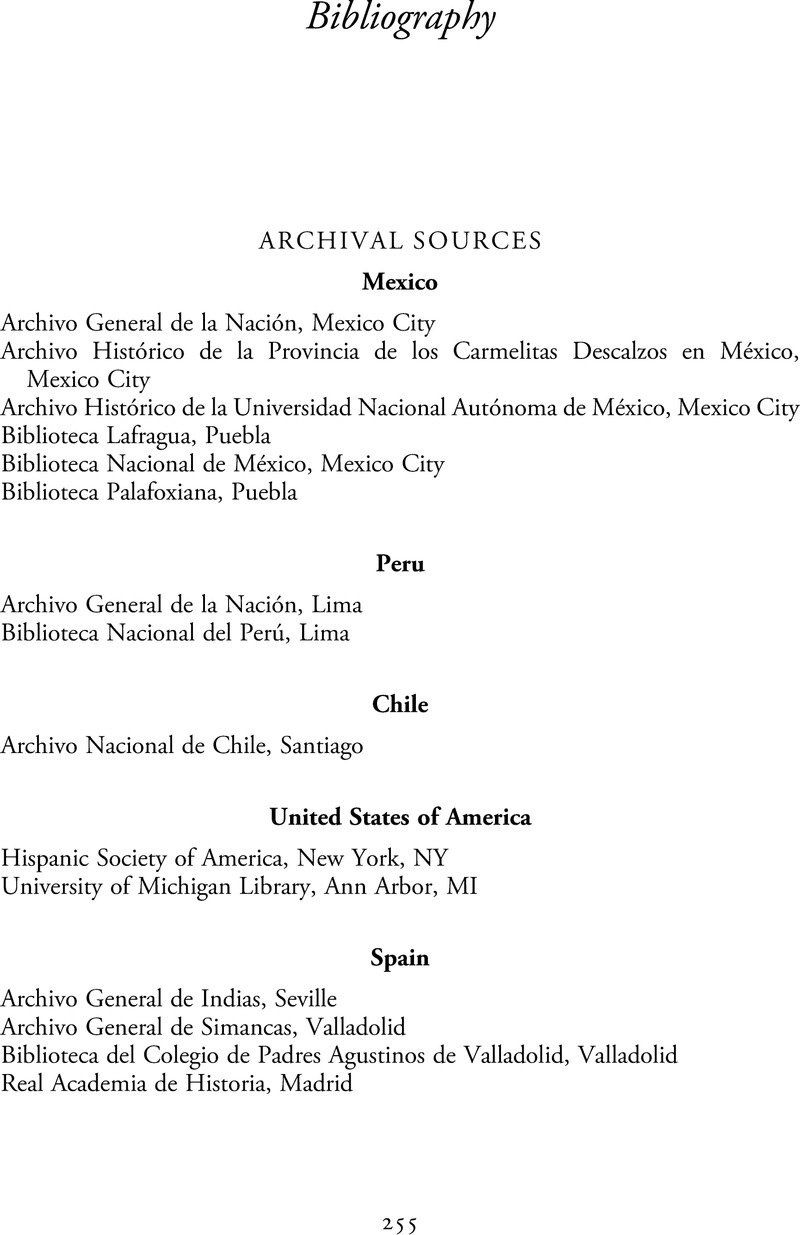 Empire of Eloquence
Empire of Eloquence Book contents
- Empire of Eloquence
- Ideas in Context
- Empire of Eloquence
- Copyright page
- Dedication
- Contents
- Figures
- Acknowledgments
- Abbreviations
- Introduction
- Chapter 1 The Foundations of the Empire of Eloquence
- Chapter 2 Philip IV’s Global Empire of Eloquence
- Chapter 3 A Japanese Cicero Redivivus
- Chapter 4 Indo-Humanist Eloquence
- Chapter 5 Centers, Peripheries and Identities in the Empire of Eloquence
- Chapter 6 The Republic of Eloquence
- Bibliography
- Index
- References
Bibliography
Published online by Cambridge University Press: 09 April 2021
- Empire of Eloquence
- Ideas in Context
- Empire of Eloquence
- Copyright page
- Dedication
- Contents
- Figures
- Acknowledgments
- Abbreviations
- Introduction
- Chapter 1 The Foundations of the Empire of Eloquence
- Chapter 2 Philip IV’s Global Empire of Eloquence
- Chapter 3 A Japanese Cicero Redivivus
- Chapter 4 Indo-Humanist Eloquence
- Chapter 5 Centers, Peripheries and Identities in the Empire of Eloquence
- Chapter 6 The Republic of Eloquence
- Bibliography
- Index
- References
Summary

- Type
- Chapter
- Information
- Empire of EloquenceThe Classical Rhetorical Tradition in Colonial Latin America and the Iberian World, pp. 255 - 287Publisher: Cambridge University PressPrint publication year: 2021
